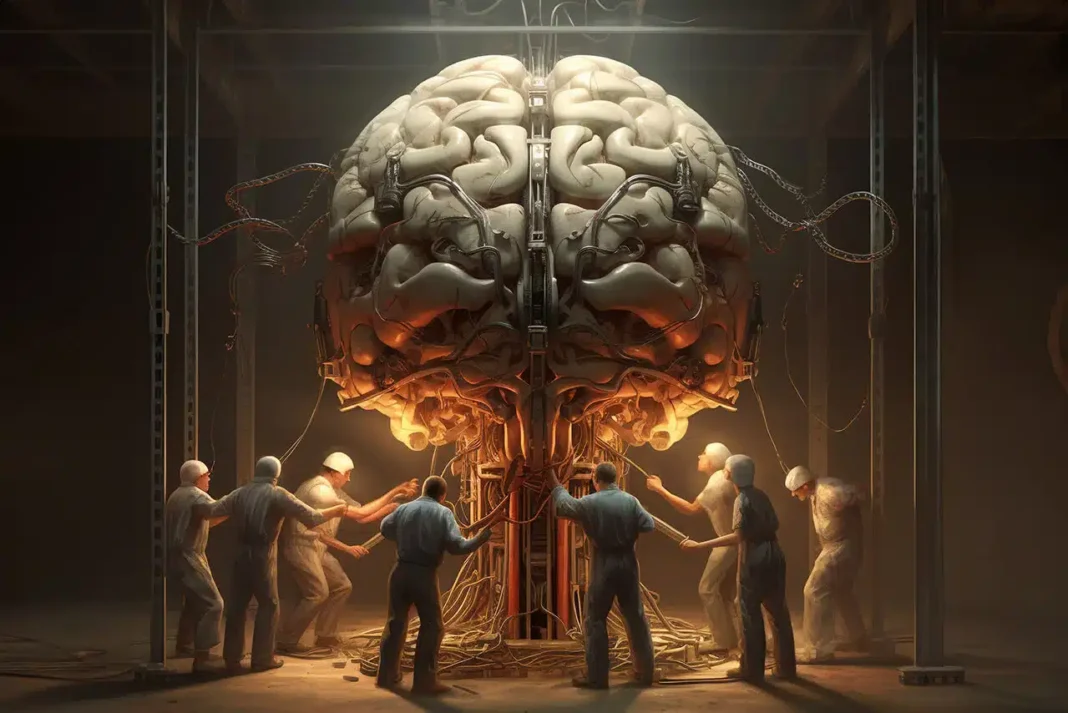Learning a new skill… For some, it’s an exciting process; for others, it can feel intimidating. Whether it’s learning a new language, mastering a sport, or developing a critical skill for work, scientific research on how skills are formed offers us valuable insights. The concept of deep practice, popularized by Daniel Coyle in his book The Talent Code, emphasizes that learning is not just about repetition, but about repetition done the right way.
Myelin and the Neurobiology of Learning
One of the biological foundations of the learning process is myelin – an insulating layer that wraps around nerve fibers in the brain. According to neuroscience research (Fields, 2008), as myelin thickens, the electrical signals between nerve cells are transmitted faster and more efficiently. This not only helps skills be remembered, but also makes them automatic.
However, myelin formation is accelerated not just by repeating, but by correct and deliberate practice. The small adjustments made during deep practice and noticing and correcting mistakes more effectively contribute to thickening the myelin sheath. In contrast, simple repetition such as rehearsing the same presentation over and over without making changes provides only limited benefits.
That’s why not being afraid to make mistakes is crucial in the learning process. Recognizing mistakes, making the necessary corrections, and repeating the process consciously strengthens the brain’s learning circuits, paving the way for faster, clearer, and more accurate performance. This method focuses not only on what is being done, but also on how it is done.
From The Industrial and Organizational Psychology Perspective
Deep practice is not only critical for sports, the arts, or personal skills; it’s also highly relevant in the workplace. Research shows that simply working long hours is not directly equivalent to skill development. What matters is how that time is used and how learning opportunities are utilized (Ericsson, Krampe & Tesch-Römer, 1993).
For example, if an employee learning a new software system doesn’t just follow instructions but focuses on solving problems arising from errors and improving processes, they are engaging in deep practice. This approach is also one of the cornerstones of an organizational learning culture.
Factors That Support Deep Practice
Research highlights three key elements that enable deep practice to thrive:
-
Clear and achievable goals
Large goals should be broken down into small, manageable parts. This makes progress visible. -
Immediate and constructive feedback
Feedback that evaluates not only the outcome but also the process accelerates learning. -
Deliberate repetition and focus
Stepping out of the mind’s “autopilot” mode speeds up learning. Repetition should be purposeful and done with awareness.
At this point, the Growth Mindset approach (Dweck, 2006) also comes into play. When we see our capacity as something that can be developed, we are more likely to view mistakes as opportunities for growth.
In corporate training or talent development programs, deep practice should be at the center of learning design. Instead of seminars that only transfer information, interactive processes that allow participants to practice, make mistakes, and correct them yield more effective results.
For example, in a training program for a customer service team, scenario-based role plays that simulate real-life situations can leave a more lasting impact than purely theoretical information. This approach strengthens not only individual skills but also team cohesion and problem-solving speed.
Why It Matters
The World Economic Forum’s 2025 Future of Jobs Report lists problem-solving, critical thinking, and continuous learning among the most critical skills of the future. Deep practice is a powerful tool for developing these skills because it builds not only knowledge but also the ability to apply that knowledge.
Learning and development are shaped less by the question “How long?” and more by the question “How?”. Whether for individual skills or organizational capabilities, deep practice is a scientific approach that ensures sustainable performance improvement.
When we examine our own working style, questioning whether our repetitions are truly deep can make a critical difference in our professional growth. From an industrial and organizational psychology perspective, deep practice is not only a tool for boosting individual performance, but also for strengthening employee engagement, job satisfaction, and a culture of innovation within organizations.
References
-
The neuroscience of effective practice. (2023, March 16). Psychology Today.
-
Meaningful work, work engagement and organisational commitment. (2014). SA Journal of Industrial Psychology, 40(1), 1–10.
-
Taibbi, R. (2025, August 12). The best way to learn a new skill? Go deep. Psychology Today.


